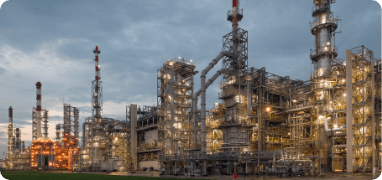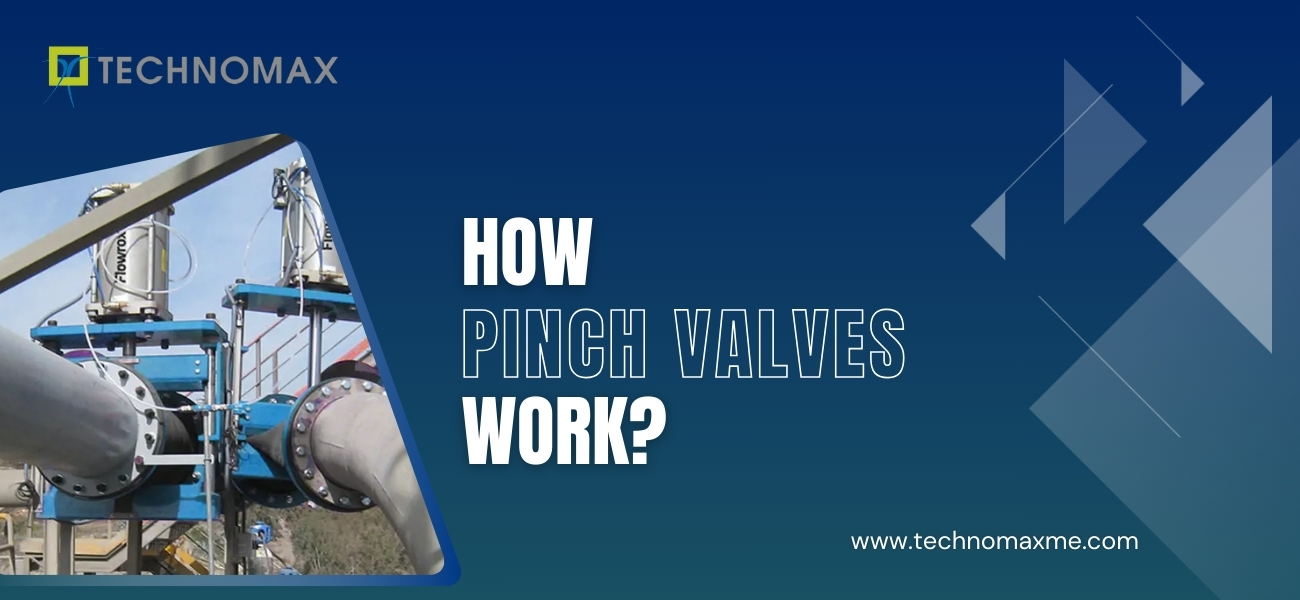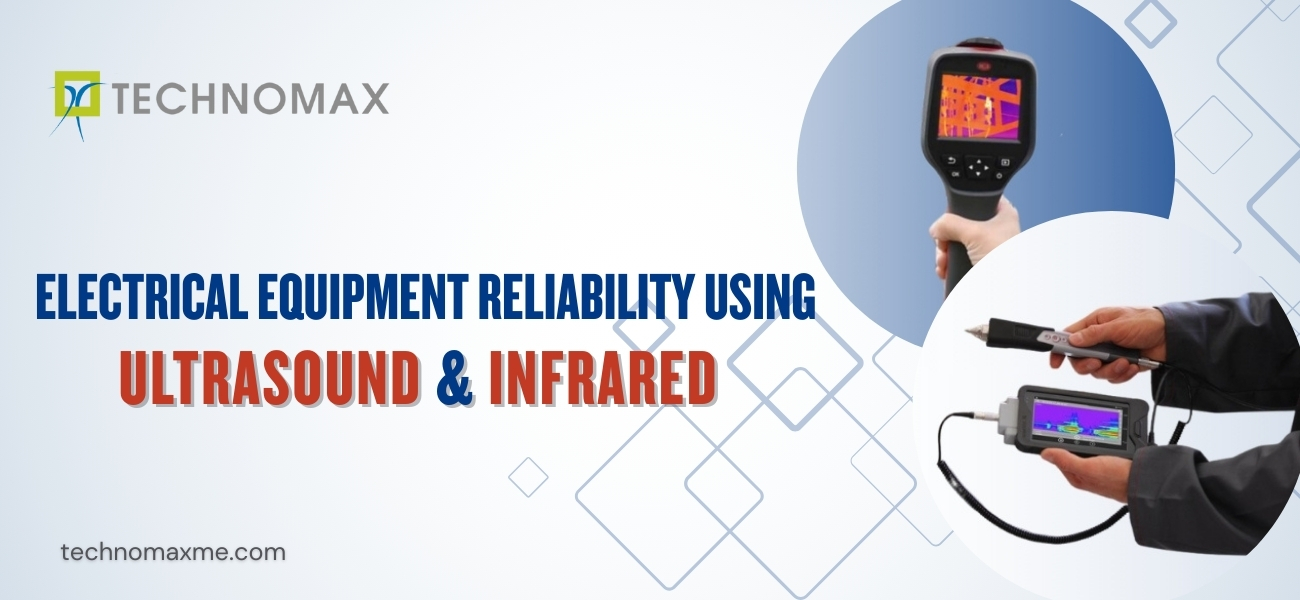
Table of Contents
- Introduction
- What is Condition-Based Maintenance (CBM)
- Differences between Condition-Based Maintenance and predictive maintenance
- Condition-Based Maintenance Monitoring Techniques
- How to Implement Condition-Based Maintenance?
- Steps to establish a Condition-Based Maintenance program
- Benefits of Condition-Based Maintenance
- Challenges of Condition-Based Maintenance
- Requirements for the implementation of Condition-Based Maintenance
- Conclusion
Introduction
After you buy a new car or house when one thing breaks or scratches you would not buy a new one, isn't it? The best way is to maintain it so that you can use it for a more extended period. With the evolution of technology, the development of the wireless network, highly accurate sensors, and powerful software analytics set the stage for the world to start using advanced proactive maintenance techniques such as condition-based maintenance (CBM) for monitoring complex assets.
Markets and Markets predicted that the conditioning monitoring market might grow from $2.38 billion in 2018 to $3.5 billion by 2024.
What is Condition-Based Maintenance?
CBM or Condition-Based Maintenance is maintenance in which maintenance operations are performed depending on the conditions of your assets at present.
The asset’s condition is checked through visual inspections, tests, and performance data that are often gathered by different sensors or tools or both.
The data above shows that you can schedule maintenance work just before a particular piece of equipment might fail.
To explain this, you can install a sensor that can measure the vibrations of a particular piece of rotating equipment, and over time the moving work will start degrading and fall out which might increase the amount of vibration. When you install the sensor, they can warn you when the amount of vibration crosses the set limit and remind you about replacing it shortly.
Also Read:
- Infrared Thermography in Condition Monitoring
- Difference Between Online and Offline Condition Monitoring
- Understanding The Concept Of Wireless Condition Monitoring
Differences between Condition-Based Maintenance and predictive maintenance
It is not right for us to use condition-based maintenance (CBM) and predictive maintenance interchangeably, there is a lot of overlap between condition-based maintenance and predictive care but not the same!
Predictive maintenance has a combination of condition-based diagnostics with complex predictive formulas to get the exact prediction of the piece of equipment falling. The condition-based diagnostics include measuring vibrations, temperature, and other variables having a predictable pattern.
On the other side, condition-based maintenance depends on set intervals and lacks the predictive formulas used to interpret different trends.
Thus, predictive maintenance is a more accurate version than condition-based maintenance.
The goal of condition-based maintenance is to help optimise maintenance resources by performing maintenance work only when needed.
Condition-Based Maintenance Monitoring Techniques
Non-invasive data collection activities let us obtain the measurements that are the basis for monitoring equipment's operating conditions. Using sensors, transducers, and different condition monitoring tools which are portable instruments, the condition measurements can be collected in a non-destructive manner either continuously or at intervals.
The usual CBM techniques used are:
Vibration Analysis
Vibration analysis is a commonly used monitoring technique for rotating equipment like compressors, motors, and centrifugal pumps is vibration analysis. The vibration sensors, when installed monitor axial, vertical, or horizontal movements and send notifications when it exceeds the limit.
Lubricant analysis
Another non-invasive technique that can exhibit the internal condition of a machine is oil or lubricant analysis. Analyzing the size and number of particles or debris like iron, aluminum silicate, silicon, etc. works by collecting oil samples to determine asset wear.
Infrared thermography
Infrared thermography is one of the techniques. The temperature increases when the object's amount of radiation emitted increases. Infrared thermography is beneficial as the radiation emitted is quickly detected by infrared cameras, which are invisible to the human eye. The cameras check the temperature irregularities regularly in energized equipment.
Ultrasound Testing
Ultrasonic sensors can detect sound generated by a piece of malfunctioning equipment. This ultrasound technique applies to a wide range of machinery, from both high-speed and low-speed equipment to high-pressure fluid situations. There are issues like deep subsurface defects, leaking gases, and over or under-lubricated bearings that alert the operators. The technique is ideal for specific electrical inspections like closed gears, for safety reasons. Besides these, one can use corrosion monitoring, current motor analysis, and visual inspection techniques.
How to Implement Condition-Based Maintenance?
CbM is usually implemented in a hastened way without a thorough understanding of a few factors that will affect its effectiveness in the overall system and condition monitoring plays a beneficial role in the maintenance program.
Consider the following factors before choosing a solution for CbM
- Does the solution monitor specific failure modes?
A definite cause of the failure or one of the known ways in which a system can fail is a failure mode and the more complicated equipment, the more failure modes it can have. The impact and understanding of these failure modes help to identify and adopt the right condition-monitoring solution, and this is a vital aspect of improving asset reliability.
- Does the technology interface with existing ERP or CMMS systems?
Necessarily all the data channels can interface effectively with minimal or zero disruptions to operations with the continuous advancements in the way we use data.
Computerized Maintenance Management System (CMMS) and Software like Enterprise Resource Planning (ERP) channels would be included. Wireless technology from the Internet of Things may also have incorporated tools by some organizations.
- What is the ease of implementation?
Some condition solutions and monitoring sensors are more accessible to implement than others. One needs to ultimately scope and understand the resources necessary to implement a specific condition monitoring solution. Time, the effort required, and labor for implementation should be considered, and these depend on how large the system is, how complex the machines that are used, how easy it is to install the sensors needed and how fast can your team adopt the new solutions.
- Can alerts be generated accurately and improved over time?
Do consider how reliable the generated alerts will be before applying a particular solution.
A reason why an organization may decide to abandon the process after implementation is because of false positives. It is not uncommon in condition monitoring settings. Everyone will lose confidence in the system if technicians are continuously called on to respond to failure that ends up being false many times. Thus, from your proposed solution provider, check the record of the ratio of actual versus false positives.
Decoding the P-F interval and the P-F curve
A method for explaining how to detect failure is the P-F interval and P-F curve. The P-F curve illustrates the behavior of a machine as it approaches functional loss.
When failure begins to manifest, the curve shows the deterioration of the equipment gradually to a point where it can be detected, and this point is called the potential failure. Functional or hard loss is the end of failure that is not detected and mitigated, and the situation continues until the system fails.
The interim between P and F must be sufficient for analysis to be useful and corrective action taken in condition monitoring as this whole process would become pointless. One crucial point is that the monitoring time should be shorter than the span of the P-F interval. Within the P-F interval, using multiple monitoring points is better and advisable.
Steps to establish a Condition-Based Maintenance program
- The assets you want to monitor select them as this is the case with the preventive maintenance plan. Concentrate on investments that are important to production or organizational success, costly to repair and replace, and not going to be soon replaced.
- The best way to identify all known and possible failure modes is by performing an RCM analysis and focusing on the failure modes, which are manageable using CBM strategies.
- You need to select accurate CBM solutions and monitoring techniques for the failure modes to identify.
- Baseline limits need to be defined to get a warning by the system about the system starting to deteriorate, and corrective actions have to be performed.
- Collecting and recording measurements to establish the CBM program should be at the centre of the plan.
- Analyze the data coming from inspections and sensors to plot a trend and schedule maintenance work accordingly.
Benefits of Condition-Based Maintenance
CBM is not an exception, as it is a proactive maintenance strategy and brings a similar advantage to the table.
Some benefits of using condition-based maintenance are:
- Reduction in the number of unplanned failures
- Availability, reliability, and worker safety improved equipment.
- Time spent on maintenance is minimized by only doing maintenance work when needed.
- During non-peak times repairs can be scheduled.
- Increase in the lifetime of the asset
- Improvement in the performance of equipment
- Reduction and minimizing inventory costs like ordering a part when you plan to repair and not to hold as much inventory
These all mentioned above are not free of charge, and some do come with a price
Challenges of Condition-Based Maintenance
Some challenges faced by CBM are:
- It is expensive to install condition monitoring tools.
- It is not always straightforward to choose the right sensor.
- Considerable time and money need to be spent to train the employees to use CBM effectively.
- In harsh operating conditions, sensors might have trouble working correctly.
- The sensors can get damaged when working in harsh operating conditions and may lead to replacing them regularly, which is not cheap.
- Unpredictable peak time may occur as maintenance is done when data shows it is needed. Changes in multiple assets requiring care may show up.
Requirements for the implementation of Condition-Based Maintenance
The following requirements are needed for the implementation of CBM:
- Condition monitoring sensors
- Condition monitoring tools
- Trained staff for effective use of CBM technology
- The maintenance manager or whoever knows how to analyze the data and schedule work accordingly
- A CMMS solution
- A willing maintenance team to learn and adapt to changes in the workflow
Conclusion
Condition-based maintenance needs to be decided by organizations on a case-to-case basis. The only way to stay competitive in any production environment is to reap the benefits of proactive maintenance.
Learn More About Our Services


Get Started Now!
It takes less than a minute of your time. Or you may simply call +971 2 555 1 783






